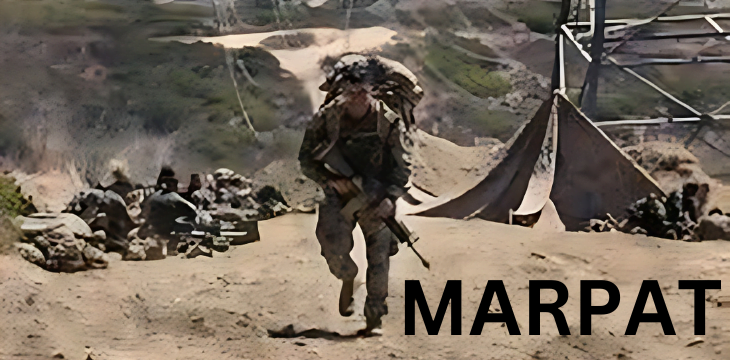Discover the intricacies of MARPAT, from its origin to its applications. Unravel the secrets of this versatile pattern and its significance in various fields.
Table Of Contents
Introduction
MARPAT, short for Marine Pattern, is a camouflage pattern developed by the United States Marine Corps. It’s renowned for its effectiveness in blending soldiers into various environments, offering both concealment and protection. In this comprehensive guide, we delve deep into the world of MARPAT, exploring its history, design, applications, and much more.
Understanding MARPAT
The Origins of MARPAT
MARPAT traces its roots back to the late 1990s when the U.S. Marine Corps sought to replace older camouflage patterns with a more effective design. Developed through extensive research and testing, MARPAT was officially unveiled in the early 2000s, marking a significant advancement in military camouflage technology.
Design Principles
MARPAT’s effectiveness lies in its disruptive pattern, which features a blend of colors and shapes that mimic natural environments. This pixelated design, known as a digital pattern, helps break up the silhouette of soldiers, making them less visible to the naked eye and modern surveillance technology.
Variants of MARPAT
Over the years, MARPAT has evolved to suit different operational environments. Variants include Woodland MARPAT’s, designed for lush forested areas, and Desert MARPAT’s, tailored for arid landscapes. Each variant optimizes concealment in its respective terrain, ensuring Marines remain undetected in diverse conditions.
Applications Beyond the Military
While MARPAT was initially developed for military use, its applications extend beyond the battlefield. Law enforcement agencies, outdoor enthusiasts, and even fashion designers have embraced MARPAT’s for its functionality and aesthetic appeal.
Advantages of MARPAT
Superior Camouflage
MARPAT’s intricate design offers superior camouflage compared to traditional patterns, allowing wearers to blend seamlessly into their surroundings. This enhanced concealment is crucial for military operations, providing a tactical advantage on the battlefield.
Durability and Performance
Constructed from durable materials, MARPAT uniforms are built to withstand harsh conditions and frequent use. Whether navigating dense forests or traversing sandy deserts, Marines can rely on their MARPAT’s gear to perform reliably in any environment.
Versatility
One of MARPAT’s greatest strengths is its versatility. From woodland terrain to urban landscapes, MARPAT adapts effortlessly to diverse settings, making it the go-to choice for military personnel operating in dynamic environments.
FAQs (Frequently Asked Questions)
- What does MARPAT’S stand for?
- MARPAT’S stands for Marine Pattern, a camouflage design developed by the United States Marine Corps.
- How effective is MARPAT’S in different environments?
- MARPAT’S is highly effective in a variety of environments, including woodland, desert, and urban settings, thanks to its versatile design.
- Can civilians purchase MARPAT’S clothing?
- Yes, civilians can purchase MARPAT’S clothing and gear from authorized retailers, though some items may be restricted for military use only.
- Is MARPAT’S only used by the military?
- While MARPAT’S was originally developed for military use, it has gained popularity among law enforcement agencies, hunters, and outdoor enthusiasts.
- What makes MARPAT’S different from other camouflage patterns?
- MARPAT’s pixelated design and color scheme make it unique among camouflage patterns, offering enhanced concealment and adaptability.
- Is MARPAT’S copyrighted or patented?
- Yes, MARPAT’S is a copyrighted pattern owned by the U.S. Marine Corps, ensuring its exclusive use by military personnel.
Conclusion
In conclusion, MARPAT stands as a testament to the continuous innovation in military camouflage technology. Its effectiveness, versatility, and durability make it a staple choice for armed forces worldwide. Whether blending into dense forests or arid deserts, MARPAT’S remains a reliable companion for those operating in challenging environments.


